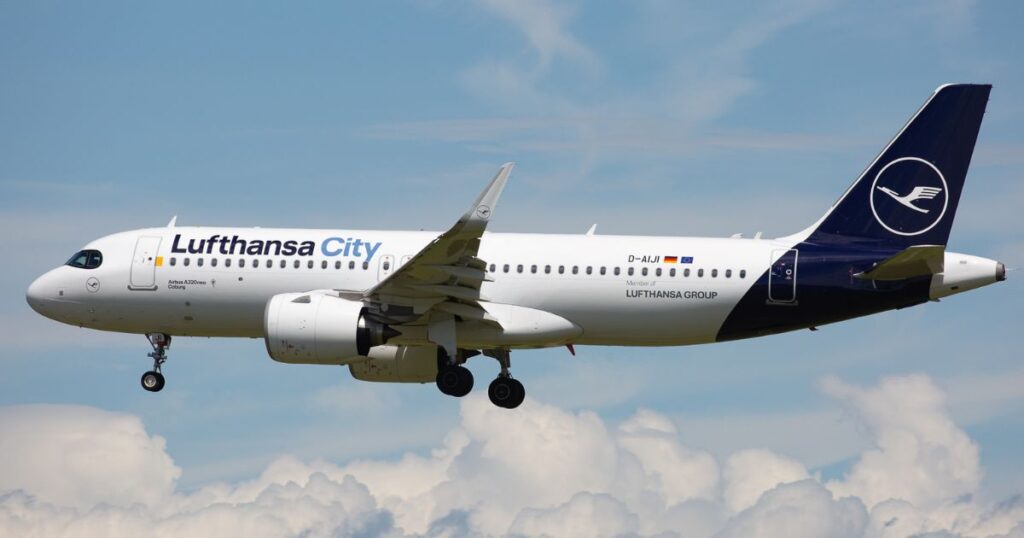The Lufthansa Group has introduced an Environmental Cost Surcharge to address rising regulatory environmental costs. These costs include the statutory blending quota for Sustainable Aviation Fuel (SAF), adjustments to the EU Emissions Trading System (EU ETS), and costs linked to the Carbon Offsetting and Reduction Scheme for International Aviation (CORSIA).
Implementation Details
Starting June 26, 2024, the surcharge will apply to flights sold and operated by the Lufthansa Group departing from the EU, UK, Norway, and Switzerland. Charges, ranging from $1 to $78, will be levied on departures beginning January 1, 2025, and will be shown in the price details on Lufthansa Group Airlines booking pages.
Rationale Behind the Surcharge
Despite significant investments in sustainable technologies, Lufthansa acknowledges it can’t absorb all regulatory costs. The Environmental Cost Surcharge will cover part of these costs for 2025.
Climate Protection Targets
Lufthansa aims for a neutral CO2 balance by 2050 and to halve net CO2 emissions by 2030 compared to 2019. Key strategies include:
- Net Carbon Emissions Reduction: Halving net emissions by 2030 and achieving neutrality by 2050.
- Fleet Modernization: Over 250 new aircraft are expected to reduce fuel consumption and CO2 emissions by up to 30%.
- SAF: Using SAF from biogenic residues and increasing SAF availability through partnerships.
- Optimization of Flight Operations: Improving fuel efficiency and reducing emissions.
- Innovative Technologies: Implementing technologies like AeroSHARK to reduce drag and fuel consumption.
- Intermodality and CO2 Compensation: Promoting transport interlinking and offering CO2 offset options.
In 2023, Lufthansa’s CO2 emissions were approximately 88 grams per passenger kilometer, slightly down from the previous year.
Switzerland and the UK Systems
Since 2012, the EU ETS has regulated CO2 emissions for all flights within the European Economic Area (EEA). Lufthansa must also comply with Switzerland (CH-ETS) and the UK (UK-ETS) systems.
Switzerland runs the CH-ETS, which covers around 100 operators with about 5 million tonnes of CO2eq emissions annually. CH-ETS linked with the EU ETS in 2020, allowing participants to engage in European emissions trading. The UK launched the UK ETS after leaving the EU, and a memorandum of understanding (MOU) with Switzerland integrates flights between the two countries into their respective ETS frameworks.
Background Information
Under the EU’s “Fit for 55” program, SAF blending quotas will rise from 2% in 2025 to 70% by 2050, significantly increasing operational costs for the Lufthansa Group.
Established by the International Civil Aviation Organization (ICAO) in 2016, CORSIA requires airlines to purchase certificates to offset growth-related CO2 emissions in international aviation, covering emissions exceeding 85% of 2019 levels.
In 2022, the Lufthansa Group used approximately 13,000 tonnes of SAF, representing just under 0.2% of its total fuel demand and about 5% of global SAF availability. Lufthansa is involved in projects to boost SAF availability and develop next-generation SAF technologies, including Power-to-Liquid (PtL) and Sun-to-Liquid (StL) fuels.
Original Story at www.environmentenergyleader.com
